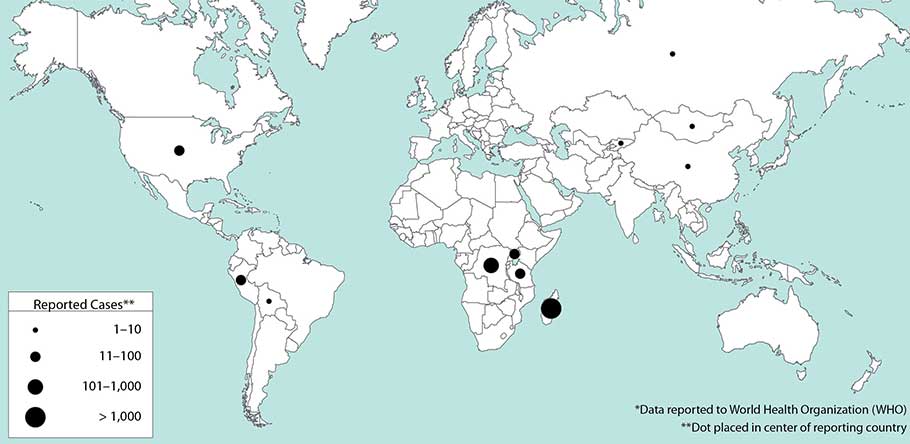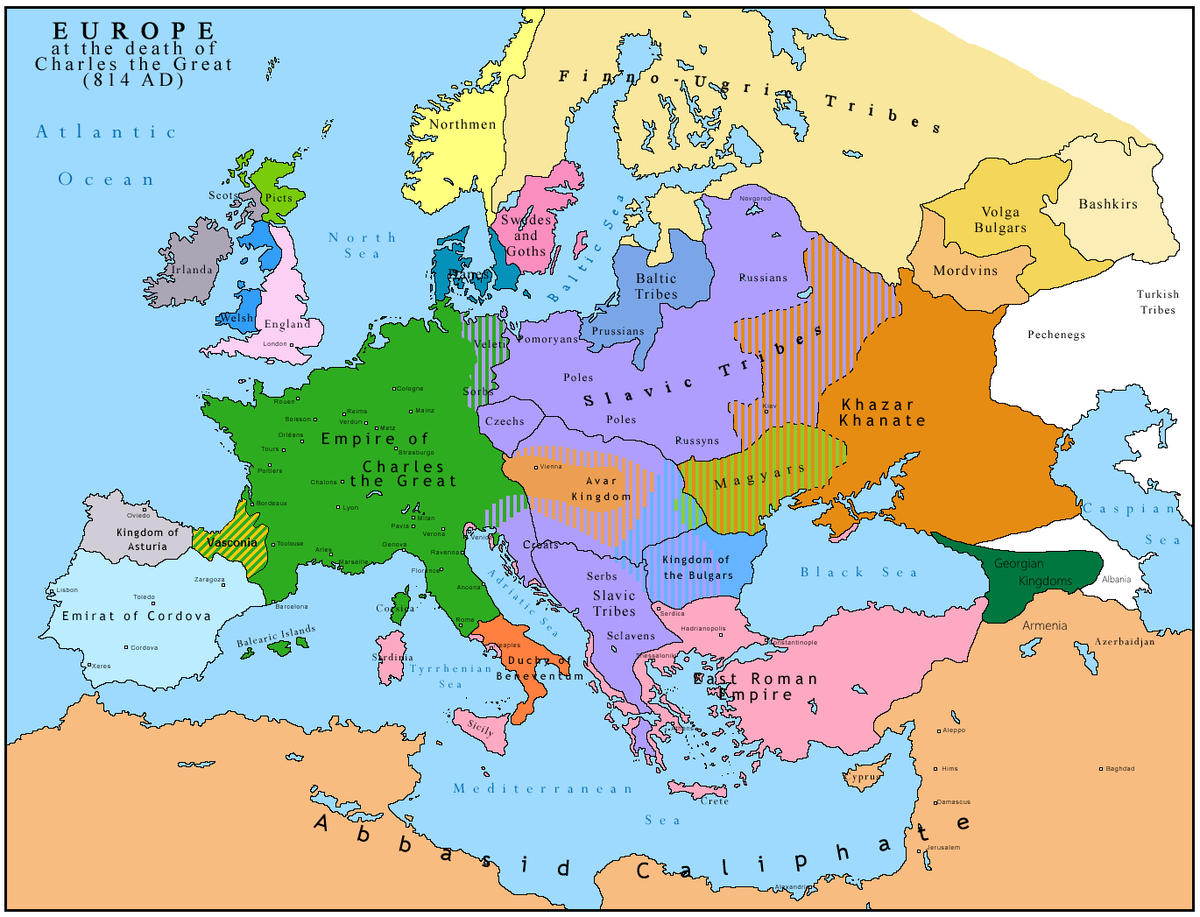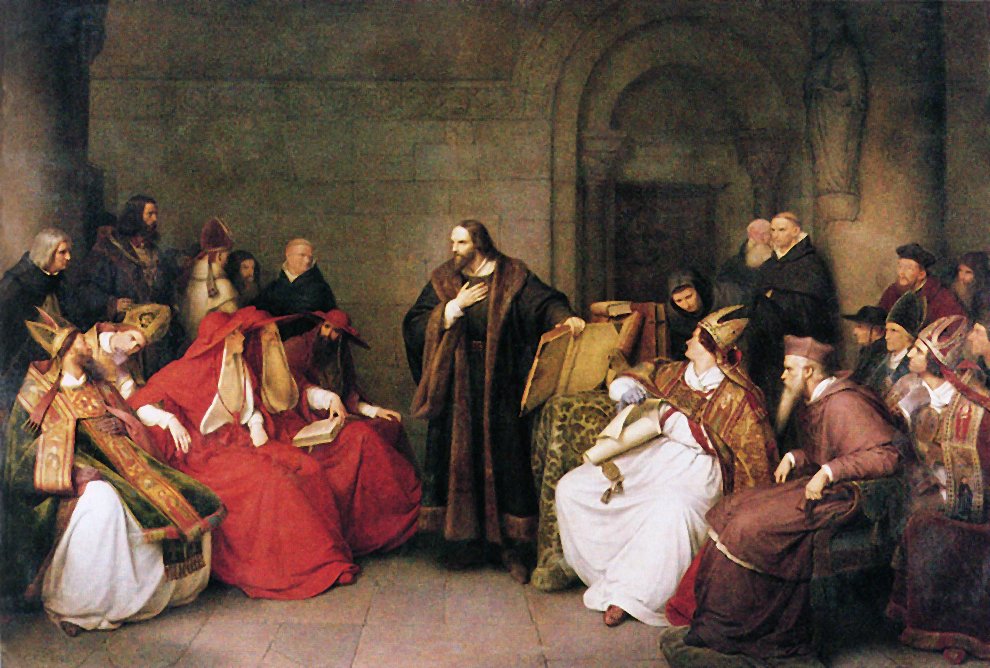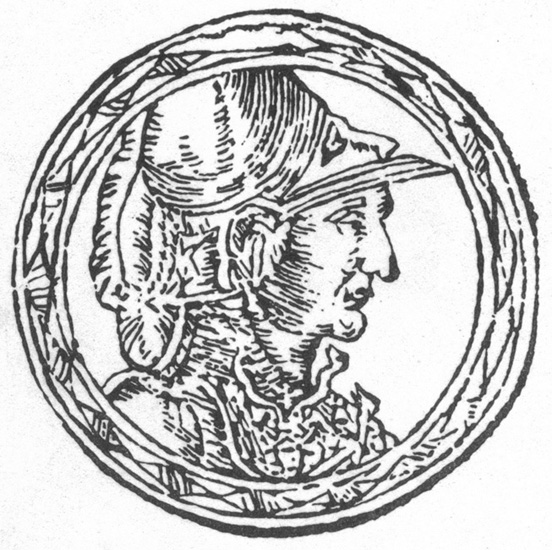
So last week's Salem Junction started off with bells which marked the dead during the Great Plague of London in 1665.
The plague has killed, and is still killing, a lot of people around the world for many millennia now. History marks four major outbreaks of the disease. 1/10
The plague has killed, and is still killing, a lot of people around the world for many millennia now. History marks four major outbreaks of the disease. 1/10
https://twitter.com/sidin/status/1410962681230659587
The earliest known strain of Yersinia pestis, the bacteria that causes the disease, is over 7,000 years old, and was found recently in the jawbone of a person who lived in the Baltics 5,000 years (oddly) ago. sciencenews.org/article/oldest… 2/10
A younger strain was found from another 5,000 year old remains, in Sweden, indicating the likelihood of a major pandemic in Scandinavia at the time. livescience.com/64246-ancient-… 3/10
One of the places that plague cases happen these days is Mongolia, far away from the Baltics or Scandinavia. The earliest case known in this neighbourhood is from Siberians living near Lake Baikal 4,400 years ago. sciencenews.org/article/plague… 4/10
The first major plague outbreak recorded in human history was in the 6th century in the Eastern Roman Empire when Justinian was the Emperor. Oddly though, its genome was identified from graves in Bavaria, far away from the Byzantine Empire. thelancet.com/journals/lanin… 5/10
But the most devastating of the outbreaks was in the 14th century, when the bacteria is estimated to have killed around 50 million people, mostly in Europe. A proportional death toll today would be 1 billion, since roughly 1/8th of humans died then. history.com/news/black-dea… 6/10
Though it is normally thought that the disease came via trade, there are indications to suggest it had reached Europe a century earlier as well, with the Mongol invasions in eastern Europe. history.com/news/silk-road…
smithsonianmag.com/history/did-bl… 7/10
smithsonianmag.com/history/did-bl… 7/10
Though the cases subsided in Europe after a while, it never went away. It popped up again in late 17th century and early 18th century in Europe. sciencemag.org/news/2016/04/h… 8/10
The last major outbreak started in China in mid 19th century, around the time of the Opium Wars and led to a death toll of 15 million. It was by the end of the 19th century, that the bacteria causing the disease was identified history.com/news/6-devasta… 9/10
There are still plague cases getting recorded around the world, mostly in Africa.
But fear not, there are many commonly available antibiotics that can be used to treat plague. cdc.gov/plague/diagnos… 10/10
But fear not, there are many commonly available antibiotics that can be used to treat plague. cdc.gov/plague/diagnos… 10/10

• • •
Missing some Tweet in this thread? You can try to
force a refresh


















